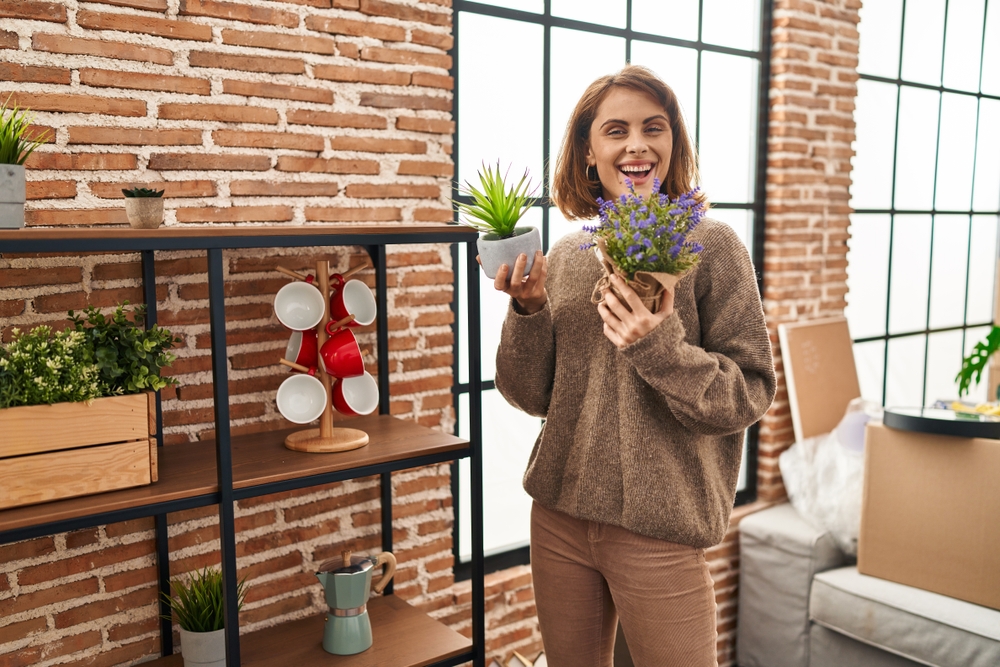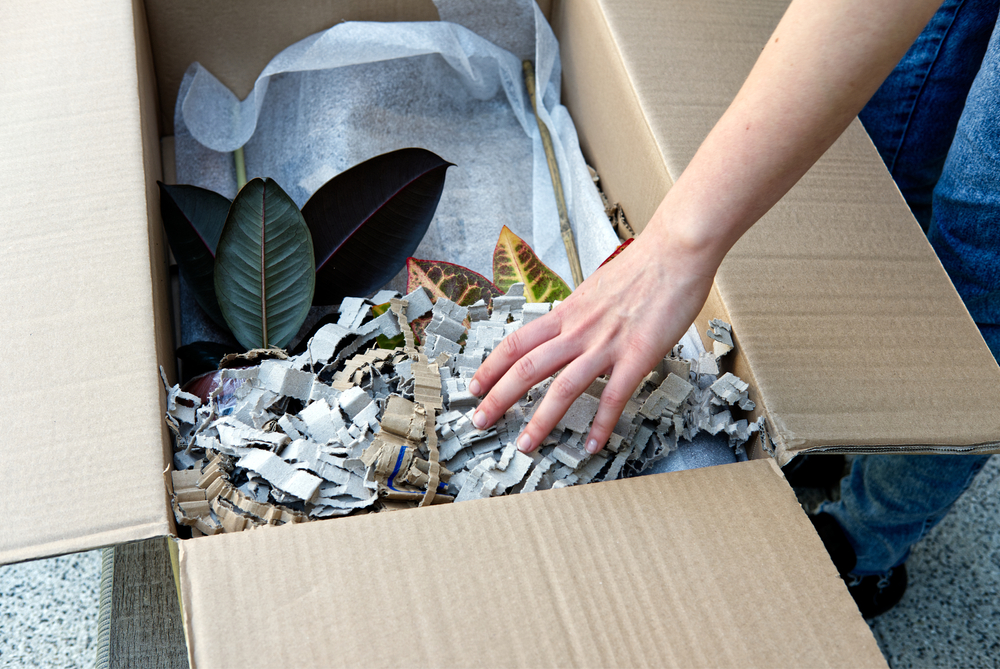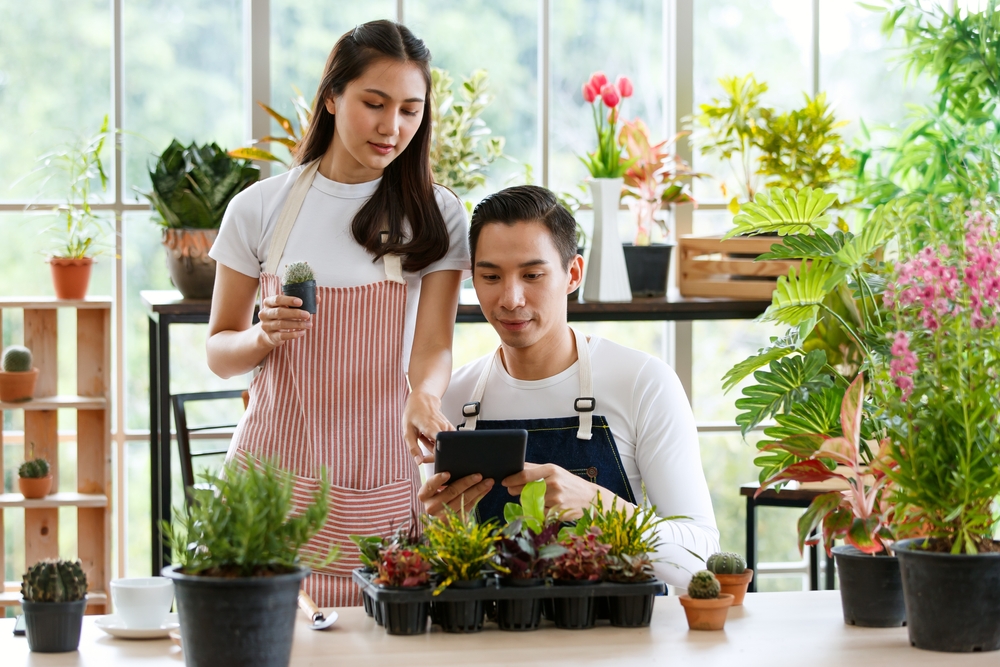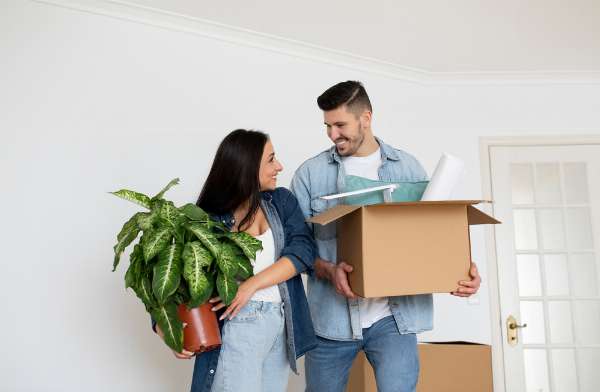Moving to a new home is a big task, and if you're a plant lover, ensuring your houseplants survive the journey adds another layer of complexity. Houseplants are sensitive to changes in environment; the upheaval of a move can be stressful for them. But with the right preparation and care, you can successfully transport your leafy companions to your new home. Here’s how to keep your houseplants healthy and thriving during your move, ensuring that they arrive at your new place as vibrant as ever.
Which Plants Should You Move?
When deciding which plants to take with you, it's important to consider both the type and size of your plants. Most houseplants, such as potted succulents, ferns, and small flowering plants, can be moved without much trouble. However, larger garden plants and those that are deeply rooted in the ground might be better left behind or given to a friend or neighbor. Transplanting these garden plants can be stressful for them and may not be worth the effort if they’re likely to struggle in their new environment. Assess the practicality of moving each plant, considering factors like size, ease of transport, and how well they adapt to new settings.
How To Pack Up Your Plants
Your plants should be the last thing you pack up for your move, ideally the night before or the day of. They should also be the first things you unpack at your new home. The less time that your plants spend in dark boxes being jostled about, the better!
How you pack the plants depends on what type of plant they are, but a few ground rules (no pun intended) will be consistent across the board. You always want to keep your plants upright as much as possible. Keep houseplants in their pots, and package the roots of garden plants carefully.
As much as possible, keep the leaves and branches of your plant from being interfered with during the move. Use a box that’s taller than the plant, so that closing the box doesn’t harm it. Some plants may benefit from being wrapped up, nursery style, to keep their leaves and branches from being ruined.
Smaller succulents can typically fit in a flat box with cushioning between each planter. Try to keep the box upright and balanced during the journey. You can put a lid or cover over the succulents, but try to remove it as soon as possible.
Keeping your plants secure is also a must. Any movement during the trip could cause damage to the plant. Use newspaper, foam padding, or bubble packing material. We recommend wrapping the foliage as well. Use a plastic bag or newspaper, depending on the plant’s size. You want to use a loose, breathable material that allows sunlight to reach the plant.
Water your plants well in the week leading up to the move. Excess moisture normally isn’t good for plants, but you might be unable to water them during the moving process. If you can water your plants, make sure you do so regularly. Alternatively, remove the plant from its container and wrap the roots up. This will not only prevent damage but also help lock in moisture.
After the Move: Be Patient After Moving Your Plant

Being trapped inside a box cuts off a plant’s access to airflow and sunlight. Remove plants from boxes as soon as possible and place them in an area of your new home where they’ll flourish. This will depend on the plant, as different plants require various levels of sunlight and water.
That said, don’t immediately assume your plants will flourish like they did at your old home. As gardeners well know, plants can go into shock when their environments change. Particularly if you’ve uprooted and replanted your plants, you can expect them to freak out a bit, dropping flowers and getting dramatic. This doesn’t necessarily mean long-term damage has been done to the plant.
All you can do is try to put your plants in an environment that is as similar as possible to the one they used to thrive in. Try to match sun levels and other conditions — extra sunlight could scorch leaves or even kill plants if you aren’t careful, and insufficient sunlight may cause deterioration. Be patient. Your plants need to recuperate after the journey, just as pets, children, and you do.
If you’re particularly concerned about your plants, try boosting them by using a nutrient-rich fertilizer to help them recover faster. Fertilizers promote growth in plants, creating larger plants at a faster rate. However, be careful about giving them too much. Even a small dose could encourage your plants to the point that they no longer fit inside your home. Try watering it down or using a small amount, rather than a full dosage.
What to Keep in Mind About Moving Houseplants

Depending on where you’re moving, you might not be able to keep your plants. This could be due to space limitations, weather, or the local government. Some countries, and even states, forbid certain plants from entering their borders. California is especially strict about what flora can be within state lines. Before you move, research any plant bans in your destination.
If you use a moving company, review their policies. Many moving companies refuse to transport plants as they can easily become a liability. We also strongly advise against disguising your plants and having the company move them secretly. If you do this, it’ll likely void your entire contract and the moving company won’t pay for any other damages or lost items.
In order to avoid this situation, consider shipping your plants ahead of your belongings, but know that there are risks. With enough “LIVE PLANT” and “FRAGILE” stickers, you should be able to negate any danger. Ensure the plants are extremely secure because even the tiniest space could be enough to damage or capsize the plant.
What If I Can’t Keep My Plants When I Move?

If you can’t keep your plants because of local flora bans, limited space in your new home, or even inhospitable weather in the region, there are a few ways to ensure your plants are still cared for.
Depending on the situation, consider talking to neighbors to see if they’d be open to adopting your old plants, or contact local gardening groups to see if anyone would like a donation. Some plants may even be able to be sold on local marketplaces.
And don’t forget that some plants can grow from cuttings! If you’re not able to bring a favorite plant with you to your new home and garden, you may still be able to take a clipping. That way, both you and your old home’s new owners can enjoy the plant. And your old home will be connected to your new one through a favorite plant!



